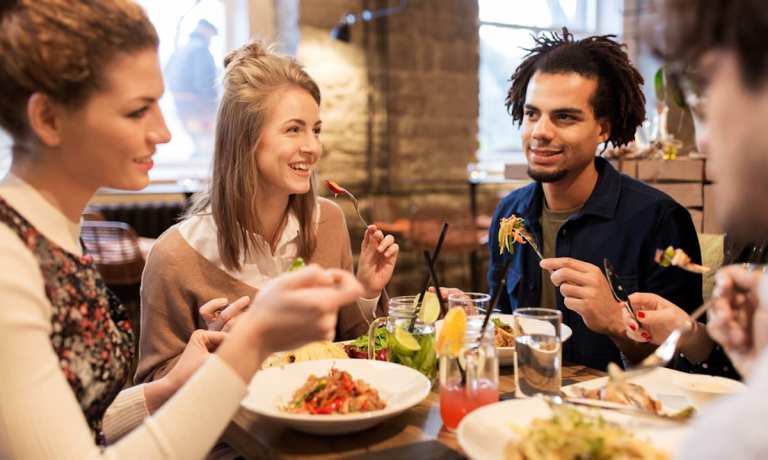
As restaurateurs look to rebuild for the post-pandemic future, many are forced to reckon with consumers’ changing needs, desires and concerns. To earn the loyalty of today’s consumers, restaurants must provide an experience that feels safe, provides a sense of connection and offers options for consumers whose financial situations have changed in the last 14 months.
A PYMNTS survey of over 2,000 U.S. consumers, published in this month’s edition of Delivering on Restaurant Rewards created in collaboration with Paytronix, identifies four distinct personas of today’s restaurant customers and the concerns that shape each of their behaviors.
Health First
Take, for instance, the health-concerned restaurant customer. This customer is worried about the effects of the pandemic on their physical and mental health. This is the most common persona — 39 percent of U.S. consumers, or about 98 million people, fall into this category. These consumers are more likely to return to restaurants for in-person ordering post-inoculation, and health-concerned consumers who are currently unvaccinated are the most likely to get vaccinated in the future. They’re also more likely than other personas to spend more at a restaurant if it offered online payment ability — 44 percent of these consumers would spend more for the ability to pay digitally.
As David Litchman, founder of contactless ordering platform BellyMelly, told PYMNTS in a recent interview, “Everything is going to move to a contact-free solution. The pandemic has changed us. We are all cautious of what we touch, what we breathe and what we do. So, anything that promotes a contact-free environment will be a successful strategy for most businesses.”
Money-Minded
The second most common persona is the economy-concerned restaurant customer. Twenty-seven percent of U.S. consumers, or about 68 million people, are primarily concerned with how the pandemic has affected the economy or how it has affected their own financial stability. These consumers are the most likely to use restaurants’ loyalty programs and are likely more interested in the program’s discounts and freebies than in exclusive menu items and early access. These consumers may account for the sales bumps that restaurants saw with each round of stimulus checks.
“I’m seeing some of the strongest sales I’ve ever seen in my career,” Greg Flynn, founder of Flynn Restaurant Group, the parent company of Taco Bell, Arby’s and Panera Bread, told Bloomberg in March, discussing the “incredible bump” the group’s restaurants received from stimulus checks, boosted unemployment benefits and tax rebates. “People are finally getting vaccinated … There’s a light at the end of a tunnel. The rules are all relaxing. People are getting out, and they have money in their pockets.”
Movers And Shakers
Then there are the social-concerned restaurant customers, who make up 22 percent of U.S. consumers — about 57 million people. These consumers’ main pandemic concerns pertain to their social lives and their relationships. They are eager to reconnect and reengage with their communities. They are also the most likely to already be vaccinated. These consumers are eager to return to restaurants for table service dining as they seek out experiences with their friends and families.
“You know, it’s amazing — people get their vaccination, the first thing they do is go to a restaurant, even though they probably should wait a few days,” Gene Lee, CEO of table-service giant Darden, said on a March call with analysts. “There are a lot of people, we’re noticing, especially near vaccination sites, that this is their first time out in a year, and they’re just so excited to be back … People are happy to be out, and it’s definitely noticeable. There’s a good vibe in our restaurants right now.”
What …. Me Worry?
The fourth type of persona, the unconcerned restaurant customer, is the least common — 10 percent of consumers, or 26 million people, fall into this group. These customers are not concerned about the pandemic for any reason, they are unlikely to be vaccinated already and they are unlikely to get vaccinated. Their needs and concerns are largely the same as they were pre-pandemic, and strategies that were effective in the pre-pandemic restaurant industry will likely continue to drive spend with these unconcerned customers.